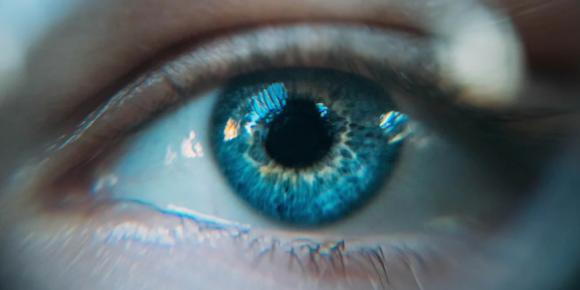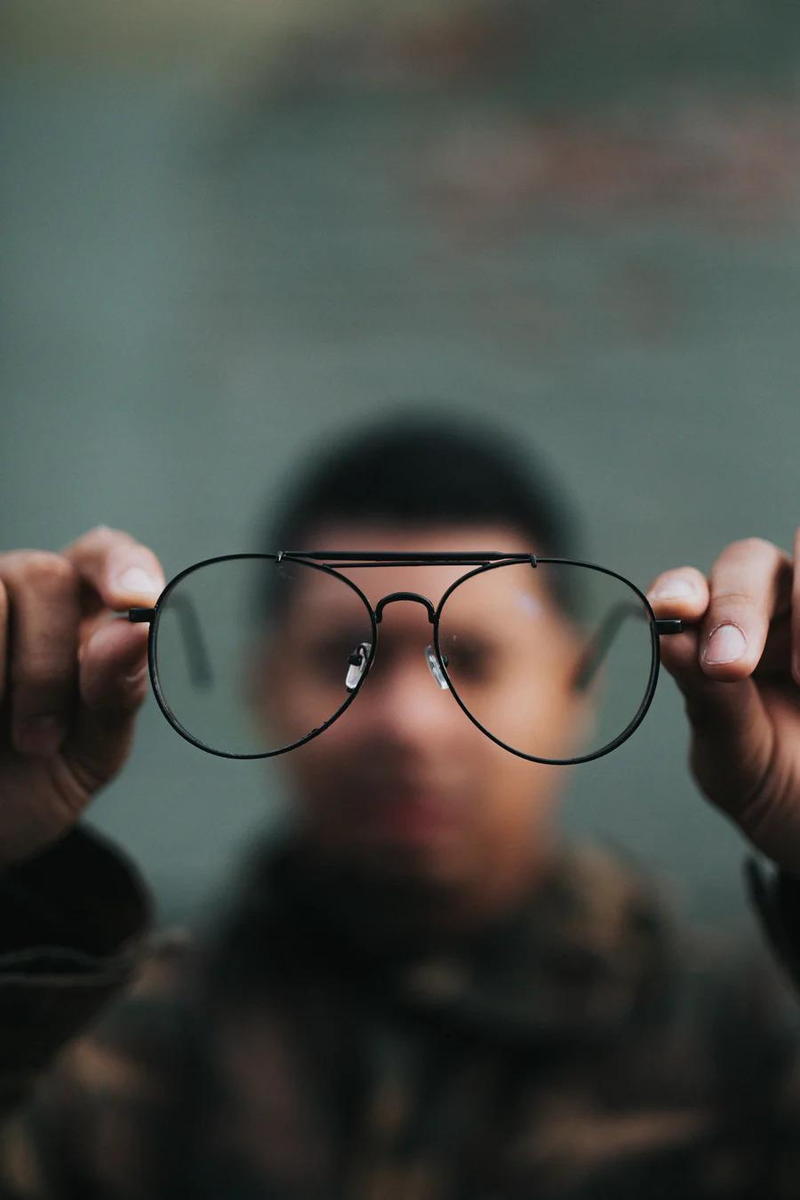Is your vision getting worse?

- posted: Mar. 29, 2021

Is your vision getting worse?
You may be experiencing some changes to your vision that have you concerned about whether or not these are indicators of something more serious. These changes may have come on suddenly or be gradually deteriorating over time. Below are some commons symptoms of vision problems you may recognize. Most issues are treatable with prescription eyeglasses or contacts, medications, or surgery.
Age-related vision changes around 40 years of age or older are very common and normal and typically inform us that we simply need reading glasses. Some of these signs include:
the need for more light
increased squinting
holding small text at close or far distances to see it better
If you notice that your vision has been responding to light in negative ways, your eyes may be in need of something more frequent than the occasional reading glasses. People often notice the following symptoms when there is a stark contrast between light and dark, such as when they are driving at night.
problems with a glare
night vision issues
halos around bright lights
blurry vision
All of the above can be a result of presbyopia, which is the loss of elasticity of the lens of the eye. Rest assured knowing that it is a very normal condition and not an indicator that you need invasive treatment. Presbyopia is experienced by middle-aged and older individuals as their eye breaks down over time. It is usually a progressive condition, but by treating it early on, one can slow it down. Bifocals or contacts are great options for seeing immediate improvements in vision.
Another reason for your changes in vision could be due to the shape or curve of your cornea. You may have an irregular shaped cornea if you experience any of the following conditions and/or some of the previously stated ones:
nearsightedness
farsightedness
astigmatism
double vision
Imagine the way a fishbowl distorts reality because of its rounded shape. In the same way your eye is a lens to your body and any shape changes can distort the way you would see normally. Eyeglasses and contacts are curved to help compensate for the distortion you experience. This is why its so important to be evaluated by a professional optometrist, who can identify exactly what vision assistance is appropriate for your eyes.
Signs of more serious eye conditions
As people reach their middle and older ages, they also become higher risk for more serious medical conditions which affect vision. Sometimes you can treat these issues with a combination of changes in diet, vitamins, supplements and medications.
These could also be a more serious sign of the need for surgery or a side effect of something going on with an individual’s overall health. Health problems such as high blood pressure and diabetes can affect your vision negatively, so it’s important to seek help from a medical professional for treating the root cause of your vision issues. Some signs to look out for include:
Sudden onset of floaters/flashes
Loss of peripheral vision
Distorted sight
Fluctuations between clear and blurred vision
Cloudy appearance to eye
Contact Us
We look forward to hearing from you.
Hours of Operation
9:00am
5:00pm
9:00am
5:00pm
9:00am
5:00pm
9:00am
5:00pm
9:00am
3:00pm
Closed
Closed
Closed
Closed
Locations
Find us on the map
A New Vision Location
4655 SW Griffith Drive #165
Beaverton, OR 97005, US

